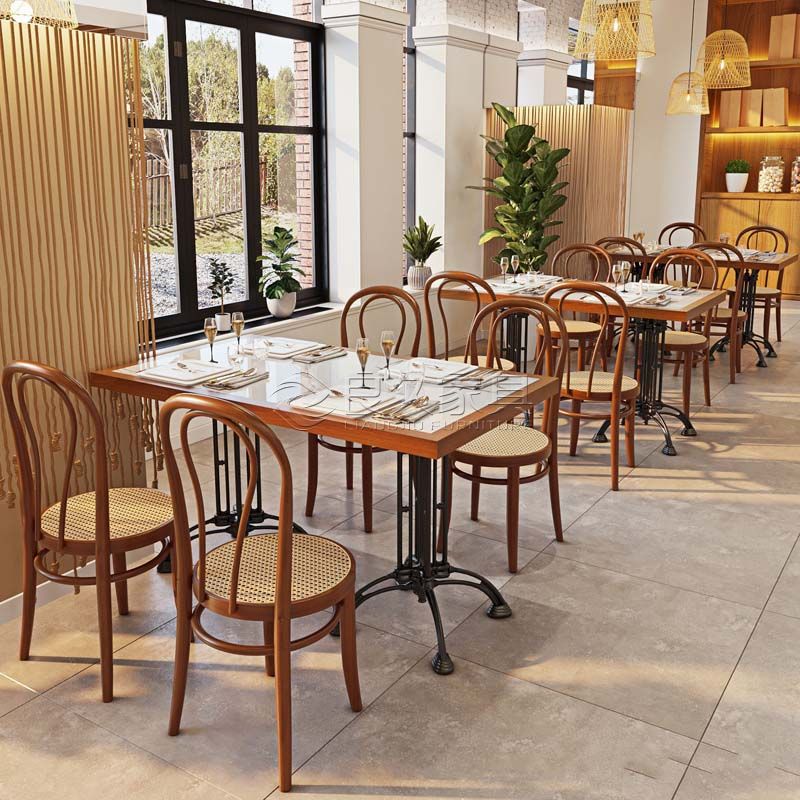Быстрый рост сферы общественного питания в целом является важной движущей силой для расширения внутреннего спроса в Китае. Согласно данным, опубликованным Национальным бюро статистики, общая розничная торговля потребительскими товарами в Китае в 2019 году составила 41,2 трлн юаней, из которых общая розничная торговля в сфере общественного питания составила 4,67 трлн юаней, что составляет примерно 11,3% от общей розничной торговли потребительскими товарами. С 2015 года сфера общественного питания продолжала увеличивать свою долю в нулевом значении.

I. Состояние и рост пищевого рынка в национальной экономике Быстрый рост пищевого рынка является важным фактором для расширения внутреннего спроса в Китае. По данным Государственного统计局发布的数据显示,2019年中国社会消费品零售总额为41.2万亿元,其中餐饮业总额为4.67万亿元,约占社会消费品零售总额的11.3%。自2015年以来,餐饮业持续增加其在零售总额中的份额。
В отношении темпов роста потребления в социальных потребительских товарах по всей стране в 2019 году увеличение составило 8,0% по сравнению с предыдущим годом, а в сфере ресторанов - на 9,4%. В 2019 году вклад потребления в рост ВВП составил 57,8%, что способствовало росту ВВП примерно на 3,5 процентных пункта, и стало первым двигателем макроэкономического роста в течение шести лет подряд. Сфера ресторанов составляет около 11,3% от общего объема социальных розничных продаж и способствует росту ВВП примерно на 0,4 процентных пункта.
Китайская сфера общественного питания в основном состоит из малого и среднего бизнеса, с низкой степенью франчайзинга и концентрации рынка. По данным Китайской поваренной ассоциации, в 2018 году по всей стране было более 8 миллионов предприятий общественного питания. Согласно данным исследования Meituan Research Institute за первый квартал 2019 года, 86,5% предприятий общественного питания были индивидуальными точками, 82,5% предприятий имели операционную площадь менее 100 квадратных метров, и 95,9% предприятий имели менее 10 сотрудников. Из-за большого количества малых и средних предприятий концентрация рынка не высока, а масштабный эффект в отрасли не выражен. С ростом конкуренции в отрасли малые и средние предприятия общественного питания столкнутся с проблемами, такими как недостаточная способность к привлечению клиентов в отдельных точках, низкая эффективность использования онлайн-платформ и, как правило, напряженные операционные средства.
Влияние новой коронавирусной пневмонии на ресторанное дело В период празднования весны и в феврале новая коронавирусная пневмония привела к потере около 90% бизнеса в ресторанном деле. Мы оцениваем, что без влияния новой коронавирусной пневмонии, доходы ресторанного дела во время золотой недели празднования весны в 2020 году составили бы около 124 миллиардов юаней, но на самом деле они могут сократиться на около 90%. Доходы ресторанного дела в феврале также ожидается, что сократятся на 90% по сравнению с тем же периодом прошлого года, и ожидается, что они постепенно улучшатся с марта. Ожидается, что годовой доход ресторанного дела составит около 3,97 триллиона юаней, что примерно на 15% ниже, чем в 2019 году.
Кондитерские компании сталкиваются с постоянными давлением на затраты. В свете эпидемии, с одной стороны, большинство отрасли кондитерской индустрии было вынуждено закрыться, с другой стороны, им все равно приходится платить арендную плату, трудовые расходы и также сталкиваться с амортизацией основных средств. Исходя из данных рыночного и финансового анализа компаний, которые ведут кондитерскую деятельность, сумма трех затрат на сырье, труд и аренду составляет около 70% от общей стоимости (Рисунок 5). Во-вторых, стоимость закупки материалов для профилактики и контроля эпидемии значительно увеличилась. Под влиянием эпидемии кондитерская индустрия будет закуплять дополнительные маски, средства для дезинфекции воды, устройства для измерения температуры и т.д., чтобы удовлетворить требованиям по безопасности профилактики и контроля эпидемии, что значительно увеличило расходы на предприятия кондитеров.
Компании по обслуживанию餐饮公司面临巨大的资金问题。在支出增加和收入减少的双重影响下,尽管餐饮公司转向在线业务并通过外卖平台或私域流量渠道增加销售以解决因关闭带来的业务困境,但一些中小餐饮公司由于现金流问题可能会难以继续运营,被迫关闭或停业。行业领先公司也面临着更大的现金流压力。在获得银行信贷或外部资本注入的情况下,他们仍可能被迫采取减薪、关闭门店和裁员等措施。餐饮行业的供应链受到了冲击。从产业链的角度来看,餐饮行业的上游是食品供应商,中游是供应链企业(自建供应链系统或通过平台型供应链企业),下游是各种餐饮企业的门店。由于目前上游和中游地区复工延迟,春节期间相关公司的生产能力尚未完全恢复,而且农产品市场渠道尚未完全打通,饲料运输、食品生产和产品运输都受到了不同程度的影响。上下游供应链受阻,消费需求减少,行业复工延迟,这意味着餐饮行业的供应链受到了冲击。餐饮行业未来发展的三大趋势1. 从线下餐饮转向线上推动了外卖行业的快速和多样化发展。新型冠状病毒肺炎疫情在1月底和2月初给餐饮行业造成了巨大损失。虽然餐饮是长期趋势中的重要服务消费模式,但在短期内外出就餐的增长将会很弱。疫情过后,餐饮行业将重新洗牌,行业集中度将提高。同时,在线订餐市场将出现爆炸性增长。在外卖食品方面,除了成品,对半成品的需求也将增加,推动了外卖行业的快速和多样化发展。2. 无人餐饮服务的比例将进一步增加。鉴于由于人与人接触增加而带来的新型冠状病毒肺炎风险增加,一些无人和非接触式餐饮服务将加速发展,包括无人(无服务员)餐厅的概念:顾客进入餐厅,用手机扫描订单支付餐费,在用餐结束后,机器人会将餐食送到顾客面前。在整个过程中,顾客不会接触到服务员。3. 餐食密度降低,对场地、卫生和通风系统的要求更高,餐饮成本增加。考虑到新型冠状病毒肺炎在密闭空间传播的概率更大,餐饮公司的餐饮业务将面临更高的要求,包括降低顾客密度、升级卫生和消毒、加强通风措施等。这些措施将在一定程度上增加餐饮运营成本。对于那些提前做出适应性调整的餐饮公司来说,在疫情结束后,餐饮市场将能够获得相对明显的竞争优势。4. 对野生动物产品的限制增加,食品行业的标准化和监管将显著加强。由于中国野生动物种类繁多,“全国人大常委会关于全面禁止非法野生动物交易、革除滥食野生动物陋习、有效保障人民生命健康安全的决定”出台前,许多野生动物并未纳入管理范围,执法难度较大。随着“决定”的发布,各部门将调整和完善相关目录和配套法规,进一步明确禁食范围。同时,执法机关将开展专项打击行动,坚决取缔非法野生动物市场,有效打击与野生动物相关的犯罪。在政府的指导和监督下,食品行业的标准化将进一步提高。

